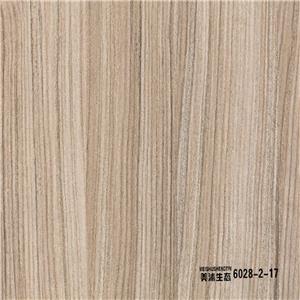Japan first in the world to turn wood into drinking wine
A research institute backed by Japan's Forestry Agency is working to commercialise the world's first spirits made from wood, hoping to breathe new life into the country's ailing forestry industry.
A new research building at the Forestry and Forest Products Research Institute in Tsukuba, about 50 kilometres northeast of Tokyo, was completed on Wednesday. The facility is intended to be a centralised hub for the development of wood spirits, which was previously spread throughout the region.
The institute has been working on wood used in food-related products, such as Japanese cedar for disposable chopsticks and mizunara oak for whiskey barrels.
Each resulted in a unique spirit. Japanese cedar delivers a woodsy aroma similar to that of cask-conditioned sake, while mizunara oak delivers an aroma similar to that of a whisky barrel. Other types of wood can produce spirits with white wine or citrus flavours.
Production begins with breaking down the wood to extract cellulose, which consists of long-chain glucose. The cellulose is ground into a fine powder and mixed with food enzymes and brewer's yeast to form a slurry.
After about a week of fermentation, the mixture produces a liquid with an alcohol content of 1 to 1.5 per cent, which is then distilled into spirits.
It takes two kilograms of Japanese cedar to fill a 750-millilitre bottle with a 35 per cent alcohol content. This means that more than 100 bottles can be produced from a single log.
Safety is a key issue. The institute says it has not yet found any problems when testing spirits for toxins such as mould and when testing on animals.
Once the process is perfected, the institute plans to transfer know-how to the private sector in a bid to stimulate demand for Japanese wood and revive forestry.
Japan's domestic timber supply grew by 41 per cent in 2021, according to a white paper on forestry for the fiscal year ending in March.
Cedar and cypress trees grown in the country since World War II have struggled to compete with imports. As demand for building materials has also declined, many 50- to 60-year-old trees that were ready to be cut down have been left to grow.
If not harvested at the right time, the trees lose their value. When they grow too close together, they may also have difficulty in rooting properly, which can lead to an increased risk of landslides.




